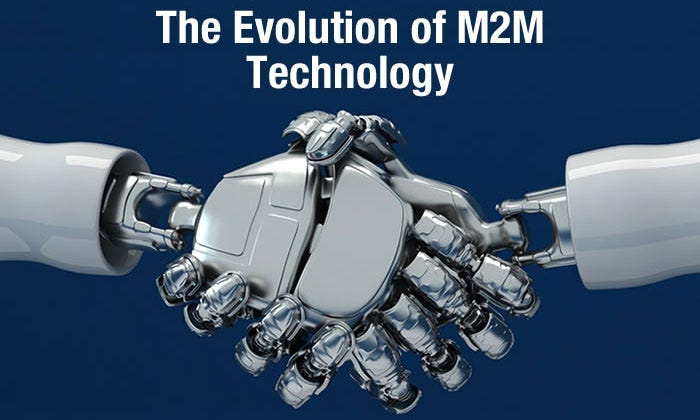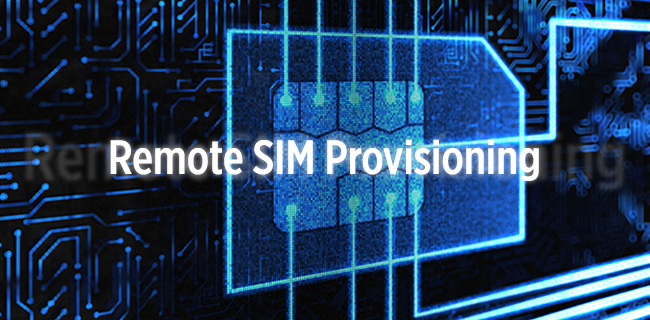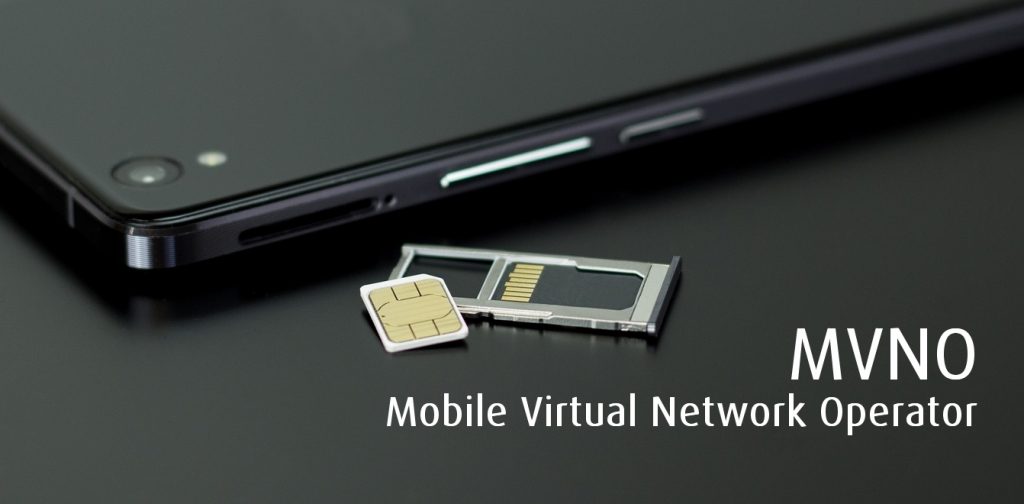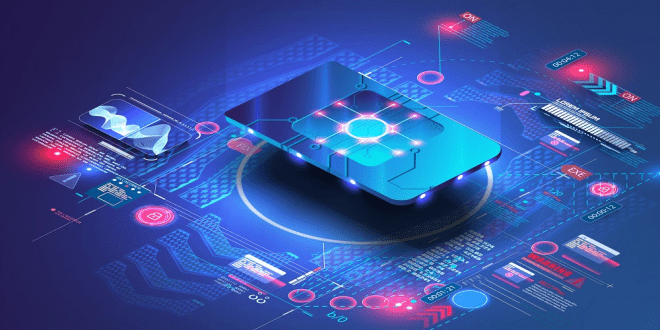The Convergence of Machine-to-Machine and eSIMs
In recent years, we have witnessed remarkable advancements in technology that have reshaped industries and revolutionized the way we live. One such groundbreaking development is the convergence of Machine-to-Machine (M2M) communication and embedded Subscriber Identity Modules (eSIMs). As these two technologies merge, they hold the potential to unleash a new era of connectivity, efficiency, and automation. In this article, we will explore the synergies between M2M and eSIMs, and how their convergence is poised to transform various sectors.
M2M communication refers to the exchange of data and information between machines or devices without human intervention. It enables devices to communicate with each other, gather data, and make informed decisions autonomously. M2M has already made significant strides in areas such as smart homes, industrial automation, logistics, and healthcare.
On the other hand, eSIMs, also known as embedded SIMs or electronic SIMs, are a new generation of SIM cards that are built into devices, eliminating the need for physical SIM cards. They can be remotely provisioned and reprogrammed, allowing users to switch between different network operators without needing to physically swap SIM cards. eSIMs have gained traction in smartphones, wearables, and other connected devices due to their flexibility and ease of use.

The Synergy of M2M and eSIMs
The convergence of M2M and eSIMs brings together the power of seamless connectivity and intelligent machine communication. This merger holds several transformative advantages:
- Simplified Deployment and Scalability: eSIMs eliminate the need for physical SIM card handling during the deployment of M2M solutions. This significantly simplifies the installation process and makes it easier to scale up deployments. Whether it’s a fleet of autonomous vehicles or a network of smart sensors, organizations can quickly connect and manage large numbers of devices without logistical hassles.
- Global Connectivity and Roaming: eSIMs offer the ability to switch between network operators without changing physical SIM cards. This opens up possibilities for global connectivity and seamless roaming for M2M devices. A connected device, equipped with an eSIM, can adapt to different network coverage areas effortlessly, enabling uninterrupted data exchange and operations across borders.
- Enhanced Security and Remote Management: The combination of M2M and eSIMs introduces advanced security features. eSIMs support robust authentication and encryption protocols, ensuring secure communication between devices. Additionally, eSIMs enable remote management and updates, allowing organizations to remotely provision security patches and firmware upgrades, enhancing device resilience and protection against vulnerabilities.
- Cost Optimization and Efficiency: M2M deployments often involve a large number of devices spread across diverse locations. With eSIMs, organizations can optimize costs by leveraging the flexibility of eSIM profiles and selecting the most suitable data plans for specific devices and regions. This enables efficient management of data consumption and cost control, ensuring resources are utilized optimally.
- Seamless Integration with IoT Ecosystems: The merger of M2M and eSIMs facilitates the seamless integration of M2M devices into broader Internet of Things (IoT) ecosystems. By leveraging eSIMs, M2M devices can easily connect to cloud platforms, data analytics systems, and other IoT infrastructure, unlocking the potential for advanced analytics, real-time insights, and predictive maintenance.

Applications and Future Implications
The convergence of M2M and eSIMs is poised to have a profound impact across various sectors:
- Transportation and Logistics: Fleet management systems can leverage M2M communication and eSIMs to optimize routes, monitor vehicle performance, and automate maintenance processes. With eSIMs, vehicles can seamlessly switch between network providers while traveling across different regions, ensuring continuous connectivity.
- Healthcare and Telemedicine: M2M and eSIMs can revolutionize remote patient monitoring, enabling real-time transmission of vital signs and health data to healthcare providers. This enhances patient care, enables early intervention, and reduces hospital visits. eSIMs also simplify connectivity for medical devices, ensuring reliable data exchange in critical situations.
- Smart Cities: M2M and eSIMs can drive the development of smarter and more efficient cities. Streetlights, waste management systems, and utility meters can be interconnected, communicating data in real-time for optimized resource allocation and improved sustainability. eSIMs provide the connectivity backbone for these interconnected systems.
- Industrial Automation: The convergence of M2M and eSIMs can enhance automation in manufacturing, enabling machines to communicate and collaborate seamlessly. Connected sensors and devices can exchange data on production metrics, inventory levels, and equipment performance, enabling predictive maintenance and optimized production processes.
As M2M communication and eSIM technology continue to evolve, their convergence represents a significant leap forward in connectivity and automation. The seamless integration of eSIMs with M2M devices brings forth a new era of efficiency, scalability, and global connectivity. Organizations across sectors need to embrace this convergence to unlock its transformative potential and stay ahead in the digital age. With M2M and eSIMs merging, we are witnessing the dawn of a truly connected world.
A W Moghul
 MVNO MVNE MNO Mobile & Telecoms industry intelligence Telecoms Jobs, News and Business
MVNO MVNE MNO Mobile & Telecoms industry intelligence Telecoms Jobs, News and Business






